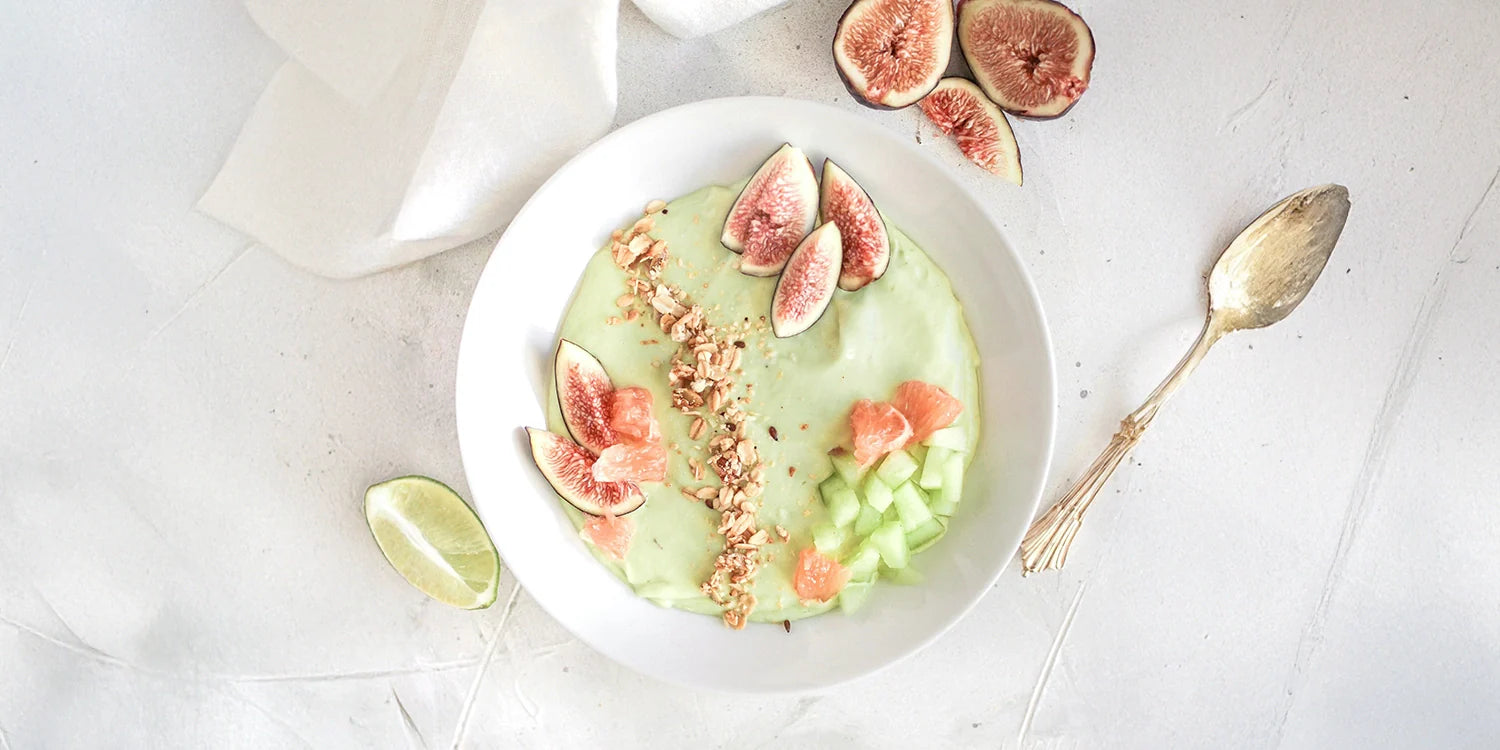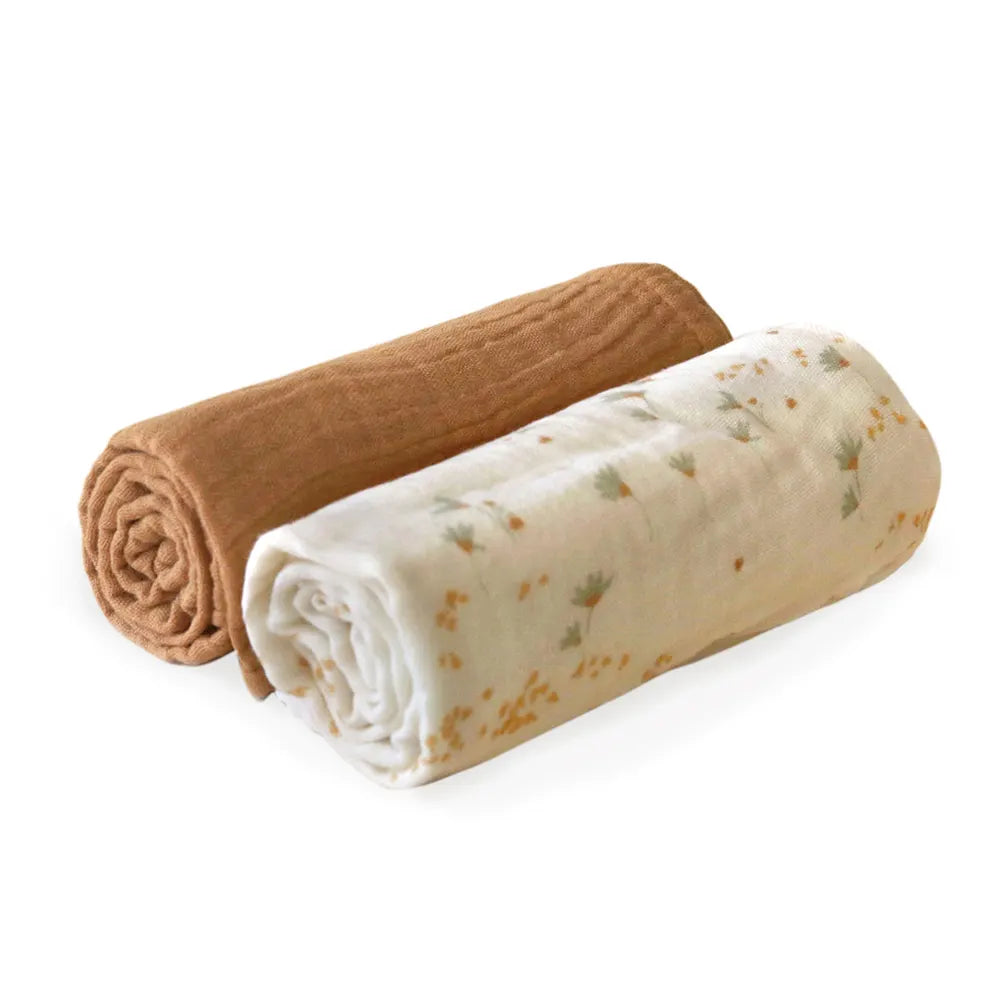At the baby table: let's go for dietary diversification!


Charlie Crane Clémence, could you introduce yourself and explain to us what you do for a living?
Clémence Maumené: I studied engineering in the food industry. When I had my first child, it was important to me to prepare homemade recipes for him. And then gradually, I became the “diversification referent” in my circle of friends and family. I realized that it was not that easy. We ask ourselves a lot of questions: when do we give this, when to find the time to cook in our already busy days... In any case, my girlfriends couldn't do it. Initially, I created “Cook for baby” as a sharing blog where I presented my recipes and my batch cooking techniques. Finally, my girlfriends were not the only ones rowing, the blog quickly caught on. Now, I am offering a baby menu with all the recipes of the week in batch cooking. I also wrote a book “Cook for baby” with a hundred recipes adapted to dietary diversification. We also have a telephone application.
Charlie Crane When can we start food diversification?
Clémence Maumené: My advice is based on scientific studies and official recommendations. Today, they say that the best window is between 4 and 6 months for a lot of reasons. This is the period when baby's digestive maturity takes place. He may eat something other than milk, which in any case no longer covers all his nutritional needs. It is also a good time to limit allergies.
Charlie Crane What are the main steps in food diversification?
Clémence Maumené: They are indicative. All children are different, if you don't get stuck, you don't have to worry! They are divided into 4 main steps:
- Between 4 and 6 months: time for the first meals. Baby discovers smooth textures. You can offer him plain vegetable purees in a simple way. Any food family can be given. The most interesting thing is to tame vegetables, because these are the foods that will be most subject to rejection and the most nutritious.
- From 6-8 months: we are in diversity. Ideally, you should introduce as much taste as possible, play with spices, aromatic herbs and food variety. From 6 months, you can add a small smooth spoon of mixed meat at noon because the baby needs more iron, about 10 grams of protein per day, with no protein requirement every day! We are evolving towards less smooth textures. Once a baby is in a sitting position, there is less risk of suffocating.
- Chewing takes place around 9 — 12 months: this is the period of textures and complete meals. You can introduce foods that can be chewed, such as ripe fresh fruit or small pastes, into the purée to give texture. It is also time to test unmixed cereals in small dishes.
- From 12 months: baby is able to eat everything, he grows up and progresses towards the parents' plate!


Charlie Crane What are the right conditions to start food diversification?
Clémence Maumené: The best is to start weekends or vacations in order to be available. For a baby, this is a huge novelty. This first experience is a great moment of sharing. For years, dietary diversification has been treated as a medical step, but eating is a joy. We don't just fill our babies up! Moreover, we assimilate nutrients better by eating consciously, with pleasure.
Charlie Crane How do you give a baby the first few meals?
Clémence Maumené: In addition to having time, I would advise putting baby in a deckchair vertically or on top of you. On the first spoons, there are no nurturing goals, it's the experience above all. We don't care if he gets dirty, it's often a while that we film and send to his loved ones... You don't have to worry if he hasn't eaten enough. If he doesn't want the spoon, we can put it on our finger so he can suck. We let him play with the spoon outside of meals. On the first few meals, no pressure, especially as babies feel it!
Charlie Crane When do you put your baby in a high chair for meals?
Clémence Maumené: As soon as babies know how to sit up on their own, usually around 6 months. Preferably an evolving chair that will follow you for a long time. I would also say at table height to keep this convivial and family moment. The advantage with evolving chairs, when the child is ready, he can sit up alone independently.
Charlie Crane Is it bad if you got tangled up and missed key steps?
Clémence Maumené: You have to get rid of the guilt! I am convinced that we do the best we can, with what we know. Sometimes I get feedback from panicked customers who tell me they didn't do this or that with their children... The recommendations are changing. Today they say that you should give growth milk for up to three years, but that has not always been the case... The main thing is not to force your child and to have fun.
Charlie Crane What is the DME?
Clémence Maumené: It's Child-Led Diversification. I am not opposed to traditional diversification. Thanks to the songs, they can touch and discover textures (from 6 months). Give a piece of fruit for dessert. Touch the fruit and have a spoon. The autonomy side at the table is also interesting. I don't use labels because the methods complement each other!
Charlie Crane And when baby doesn't want to taste anything or doesn't like anything, what do you do?
Clémence Maumené: Some kids need more time. It is said that you have to present a food at least 10 times before being accepted without forcing it. When there is real disgust, do not hesitate to offer the food in various forms. For example, a carrot comes in sticks or mashed potatoes. Some children need to touch before putting their mouths in their mouths. If it becomes a problem, do not hesitate to consult your pediatrician. In the event of an oral disorder, he can refer you to an occupational therapist and a speech therapist.
Charlie Crane You're talking about batch cooking, what is it?
Clémence Maumené: It's cooking all the dishes of the week in one go. In less than 2 hours, parents cook ten dishes from Monday to Friday. You keep what you consume within two days in the fridge and freeze for the rest of the week. It takes time, but it's homemade and you can enjoy it all week long. The most complicated thing is to design the menu, it is our added value. Having variety while optimizing the menu is what we offer on our site and in my book.
Charlie Crane Finally, what is the most important thing in this stage of dietary diversification?
Clémence Maumené: There can be guilt-inducing aspects to hard-line advice. You have to do this and that... Some recommendations are good but you should not stick to the guidelines. Adapting, picking what you love and adapting to your baby are essential, otherwise it is a source of stress, frustration and irritation. Keep in mind that pleasure is at the center of food!
A big thank you to Clémence and Jonas for their time!
Go further with the site Cuisinez-pour-bebe.fr/










